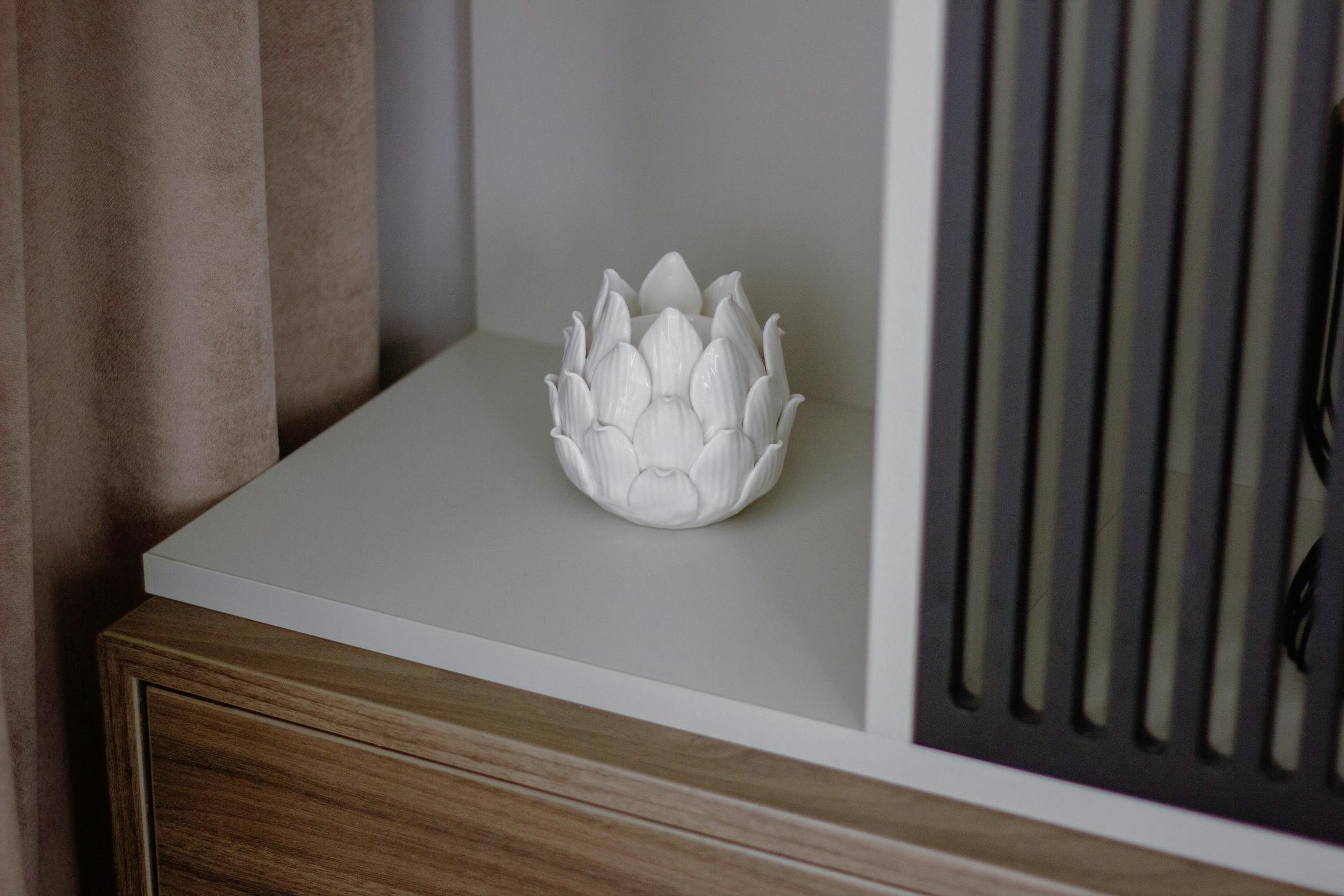
6 Ways to Simplify Life With Minimalist Home Design
Clear surfaces, open spaces, and thoughtful details can bring a sense of calm to any home. Minimalist home design allows you to remove distractions and create a living space that feels peaceful and welcoming. Even without a background in interior design or a large spending plan, you can make meaningful changes by focusing on what truly matters. Simple adjustments, like choosing functional pieces and keeping only what you love, help shape a home that reflects your style and supports relaxation. This guide shares practical advice and creative inspiration to help you achieve a more serene and personal environment.
Think of your space as a blank canvas. Start by evaluating what you truly use and love. Rid yourself of duplicates and items that only gather dust. Then introduce purposeful pieces that offer both beauty and function. You’ll discover how small tweaks can transform chaos into serenity.
1. Declutter Your Space
- Set up three bins: label one for keep, one for donate, and one for toss. Move room to room, and commit to swift decisions. Don’t overthink—if you haven’t used it in six months, let it go.
- Use the four-box method: create boxes for everyday items, occasional items, gifts to return, and sentimental items. Limit what stays to two boxes per category to avoid endless storage.
- Conduct a quick daily sweep: spend five minutes each evening clearing counters, tables, and chairs. Prevent buildup and keep surfaces ready for the next day’s activities.
Lighter spaces spark clearer thoughts. When you strip away excess, each object left behind carries meaning. You’ll feel a sense of relief every time you walk into a tidy room.
2. Choose Multi-Functional Furniture
- Sofa beds: a sleek sofa that converts into a guest bed offers comfort without consuming extra square footage.
- Storage ottomans: these pieces hide blankets, magazines, or toys. Their simple design fits any décor.
- Drop-leaf tables: pull up the leaves when guests arrive, then fold them down to reclaim walking space.
Select furniture that adapts to different needs. A coffee table with hidden compartments helps you store remotes, coasters, and cords out of sight. A bench with pull-out drawers in the entryway keeps shoes and umbrellas neatly tucked away. By combining functions, you minimize clutter and maximize style.
3. Embrace a Neutral Color Palette
Soft shades of white, gray, and beige form a calm backdrop that complements vibrant accents. Paint walls in off-white or light taupe to make rooms feel airy. Add texture with woven rugs, linen curtains, or wool throws in matching tones.
Introduce color through small touches: a single emerald pillow, a terracotta vase, or a pastel artwork. When these pops appear sparingly, they stand out without overwhelming. A neutral base also unifies open-concept areas, making transitions between living, dining, and kitchen spaces seamless.
4. Maximize Natural Light
Sunlight lifts energy. Clear heavy drapes and replace them with sheer panels or leave windows uncluttered. Position furniture to avoid blocking window panes—low-profile seating works best by patios or bay windows.
Use mirrored décor pieces to bounce light into darker corners. A tall mirror across from a window multiplies brightness. In rooms with limited daylight, select soft white bulbs in lamps that mimic natural glow. Bright spaces feel larger and more welcoming.
5. Maintain Regular Upkeep
- Weekly quick clean: dedicate 15 minutes to dust surfaces, vacuum high-traffic areas, and clear mail piles. A short routine prevents mess from piling up.
- Monthly deep sort: tackle one drawer or cabinet each month. Remove items you no longer need, rearrange essentials, and label containers for easy access.
- Seasonal reviews: every three months, assess décor and personal items. Rotate decorative cushions or switch out wall art to keep your environment feeling fresh and aligned with your needs.
Consistency keeps your home in check without overwhelming chores. When you turn maintenance into a habit, you spend less time scrubbing and more time enjoying a serene space.
6. Personalize With Minimal Accessories
Choose a handful of meaningful objects—perhaps a framed family photo, a handcrafted vase, or a set of ceramic mugs from your favorite local market. Cluster these in odd numbers (three or five pieces) to create balanced displays.
Incorporate plants to introduce life without clutter. Select low-maintenance species like snake plants or pothos. Place them on windowsills, shelves, or hanging planters to amplify air quality and add organic appeal. Every accessory should earn its place by adding beauty, function, or sentiment.
Art prints also work wonders. Opt for simple frames in uniform colors and group them in a gallery-style arrangement. This cohesive layout feels intentional rather than crowded.
Creating a minimalist home design doesn’t mean sacrificing personality. By curating a few cherished items, you tell your story without drowning in objects.
Follow these steps to create a calm and functional space that reflects your peaceful mindset. Keep your home simple, purposeful, and enjoyable with careful choices and regular upkeep.